Abba T Makama shares his travel to the future where he met his descendants
Dodorowski travelled far into the future and ended up in the Past. I meet my ancestors, and they shared these symbols, these stories, these artefacts. I don’t know what they are or what they mean but I can feel them. The feeling is uncanny but familiar. What I do know is, civilisation has lost its true path and the answers could possibly be in these artefacts.
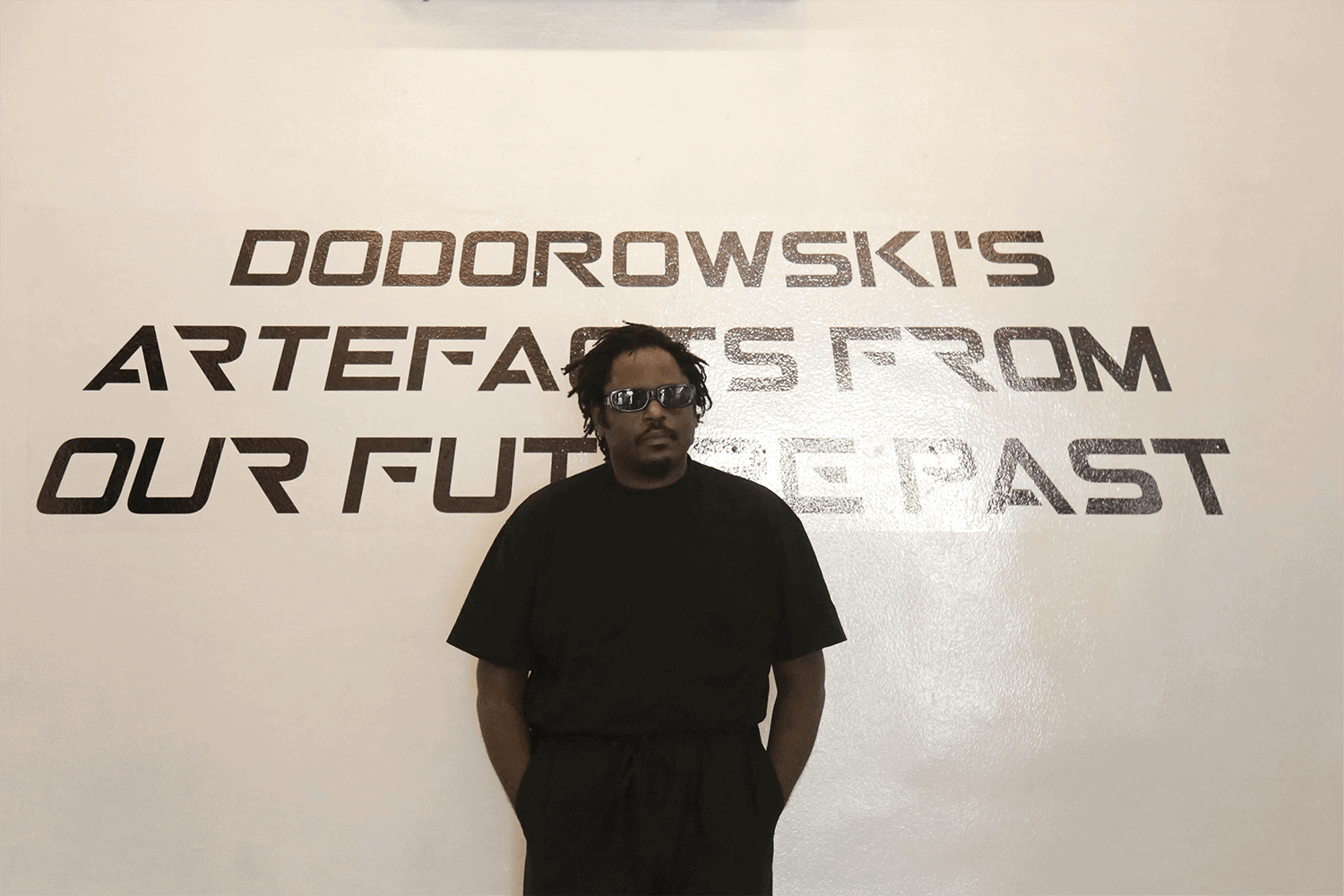
Portrait of the artists, Abba T. Makama.
After I had seen Dodorowski’s Artefacts from Our Future Past, I said out loud, “perhaps this is the best time to be African”. It wasn’t just a passive comment, the kind of proclamation that one made after being driven to the verge by emotion. Instead, it was a statement that was borne out of weeks, or perhaps more accurately, centuries of introspection. As long as I have lived, we have always spoken longingly for a future Africa, one that is unencumbered by the travails of the present and, as I walked in front of each piece, as I carefully stared at the artefacts bestowed of Dodorowski by his descendants, it became clear that Africa’s future, the one we reimagine, must be firmly rooted in our experiences of the past.
Over the last couple of years, reimagining black futures has taken centre stage as we are constantly grappling with the reality of what it means to be African today. The chaotic manifestation of 2020 presents the perfect backdrop for such introspection and the artist, Abba Makama takes us on that trip. On talking about this collection, his third solo exhibition, Makama reminisces about the journey of creating the body of work. One that robbed him of sleep for five days. The concept of time and space is a running theme as one engages with the pieces as the exhibition and each distinct work possesses an ethereal quality. The entire collection was a complete multimedia experience as hushed sounds breathed through speakers over the space almost mimicking sounds from outside the womb. Perhaps there is an unsung connection between time travel and childbirth and Abba Makama was able to explore the similar daze that comes with navigating the uncertainty and helplessness that comes with being born as well as moving between distinct points in time.
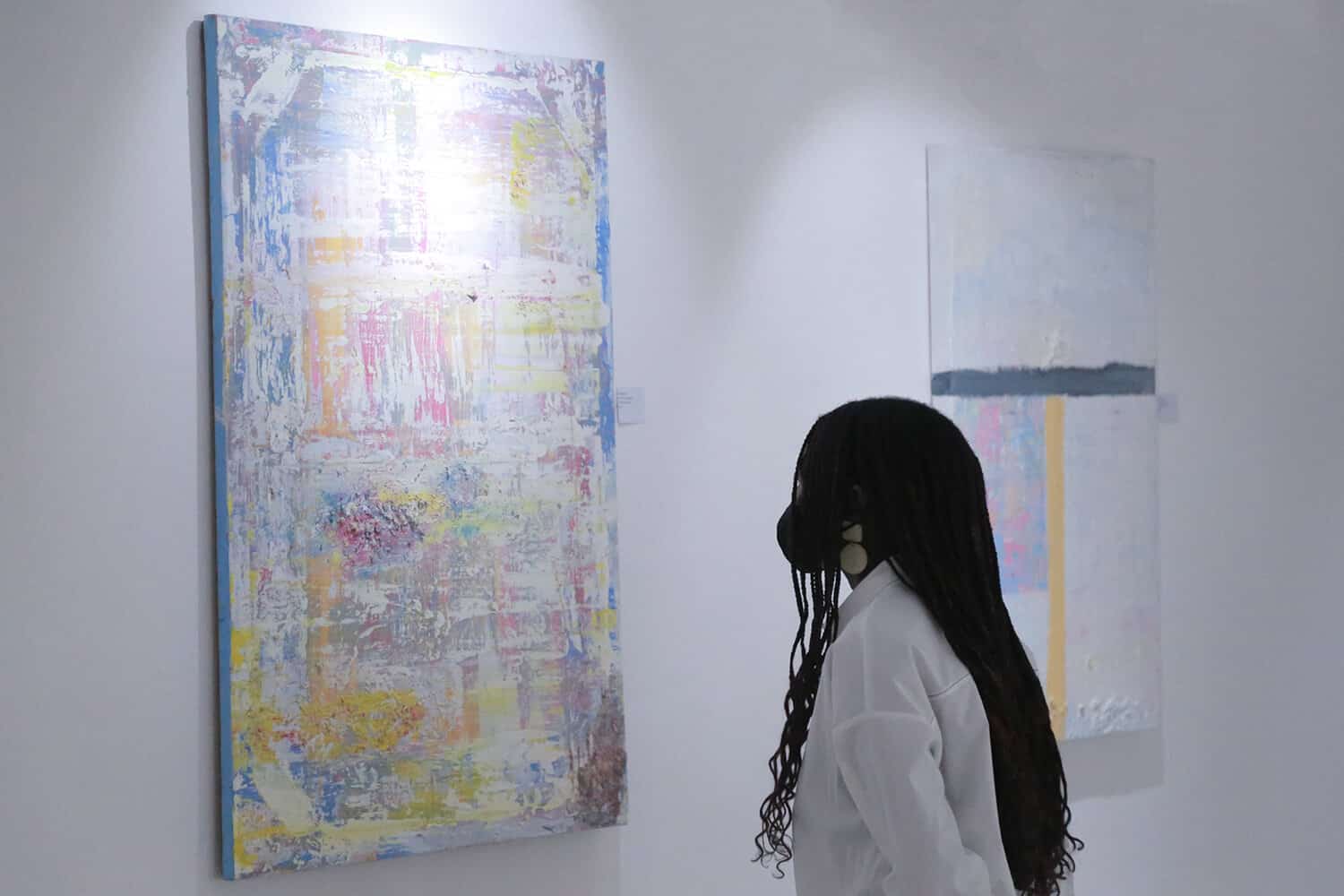
Installation view of ‘Dodorowski’s Artefacts from Our Future Past’.
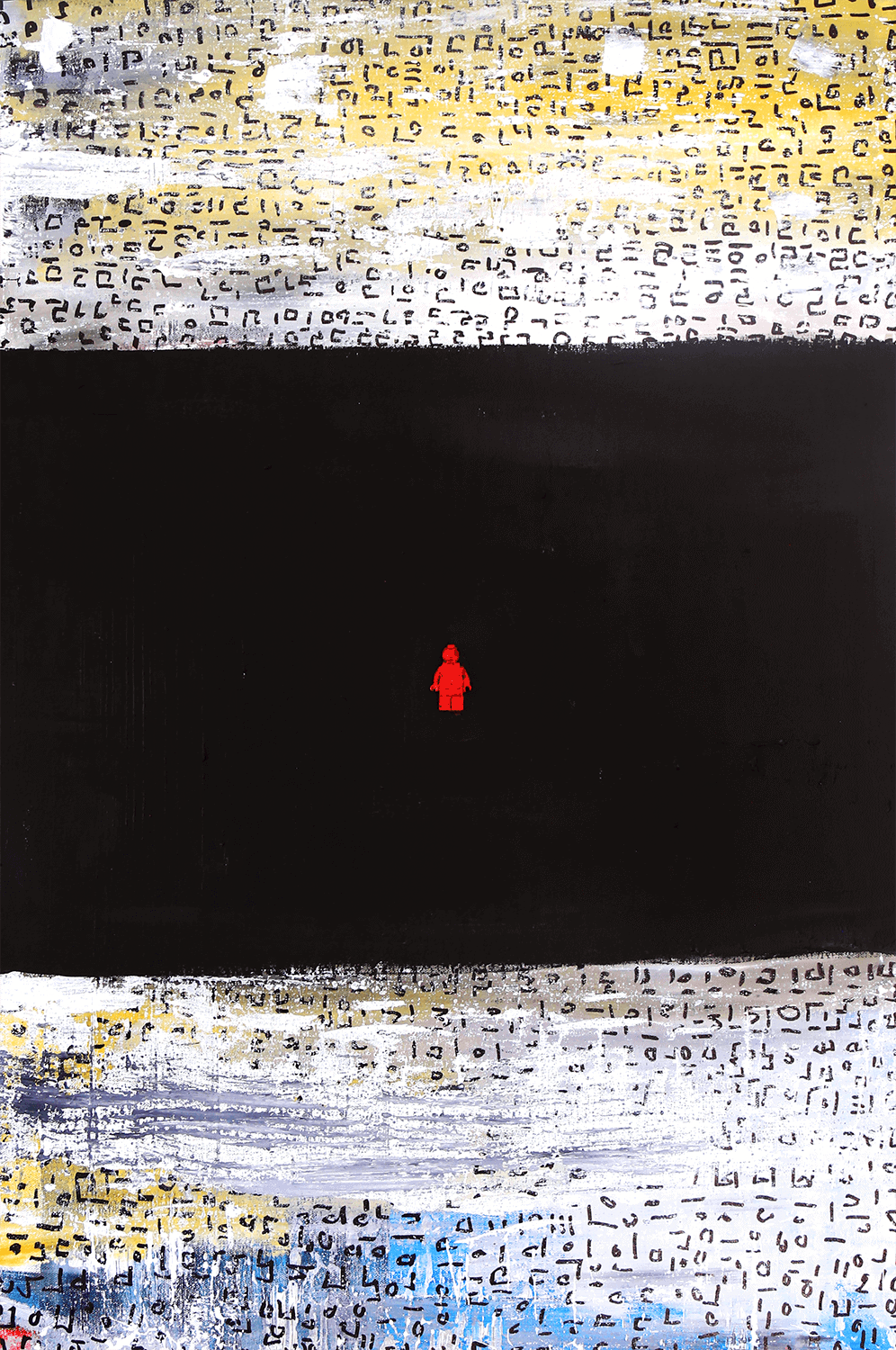
Artefact 20 (Stargate 2)
Through each artefact, Makama’s manipulation of mixed media art techniques causes us to ask questions. Basic questions – about life, about culture, about society and about religion.
Picture a scene from a movie, where the main character is somehow hurled from the present and is dropped in the middle of life in the future or in some other dimension and is forced to discover the meanings and the purpose of the tools in this new society. Through each artefact, Makama’s manipulation of mixed media art techniques causes us to ask questions. Basic questions – about life, about culture, about society and about religion. There seems to be a question being asked and this, for the viewer evokes a sentiment similar to the kind we find in time travel movies compelling the character to complete a quest, to answer a riddle before they can be allowed to return to their own era.
…there are perhaps some mysteries from our ancestors that we might never understand because we have been forcefully detached from the reality and have consequently severed that connection.
Installation shots of ‘Dodorowski’s Artefacts from Our Future Past’.
The use of symbolism and the repeated introduction of what appears to be an ancient unknown language reinforces the idea of an unexplored and unfamiliar path. Again, it takes us on a corporate cultural journey reminding us of a lost means of communication, a coded language from our past unravelling the notion that there are perhaps some mysteries from our ancestors that we might never understand because we have been forcefully detached from the reality and have consequently severed that connection. These codes are represented across all the artefacts still, the big pieces that leverage their size and serve as windows into an obscure reality.
In any exploration of the metaphysical, it is impossible to explore the role and the intersections between culture, religion and self. Makama’s interrogation of this trinity was sharp, poignant and interactive. Using sculptures made from different materials, Makama’s representation of the evolution of African belief systems across time is brought to life. Even amidst the consistent use of a non-representational approach, in keeping with traditional art expressions, the artist depicts sacred-profane dichotomy using mundane elements such as plastic and wood to represent the sacred religious objects. His exploration of self, though the use of mirrors portrays the image that we are our ancestors and our descendants are us.
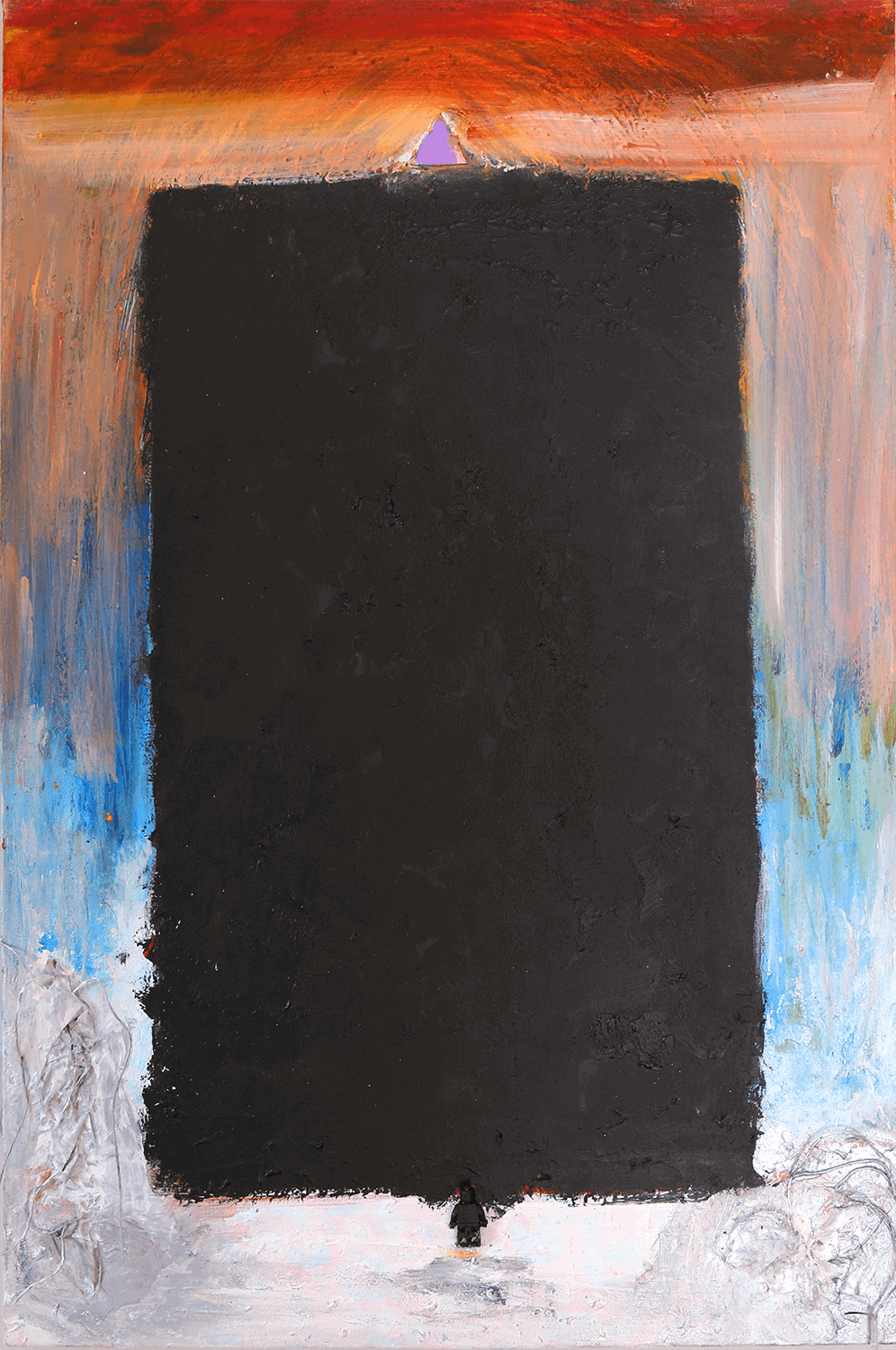
Artefact 17 (Stargate 1)
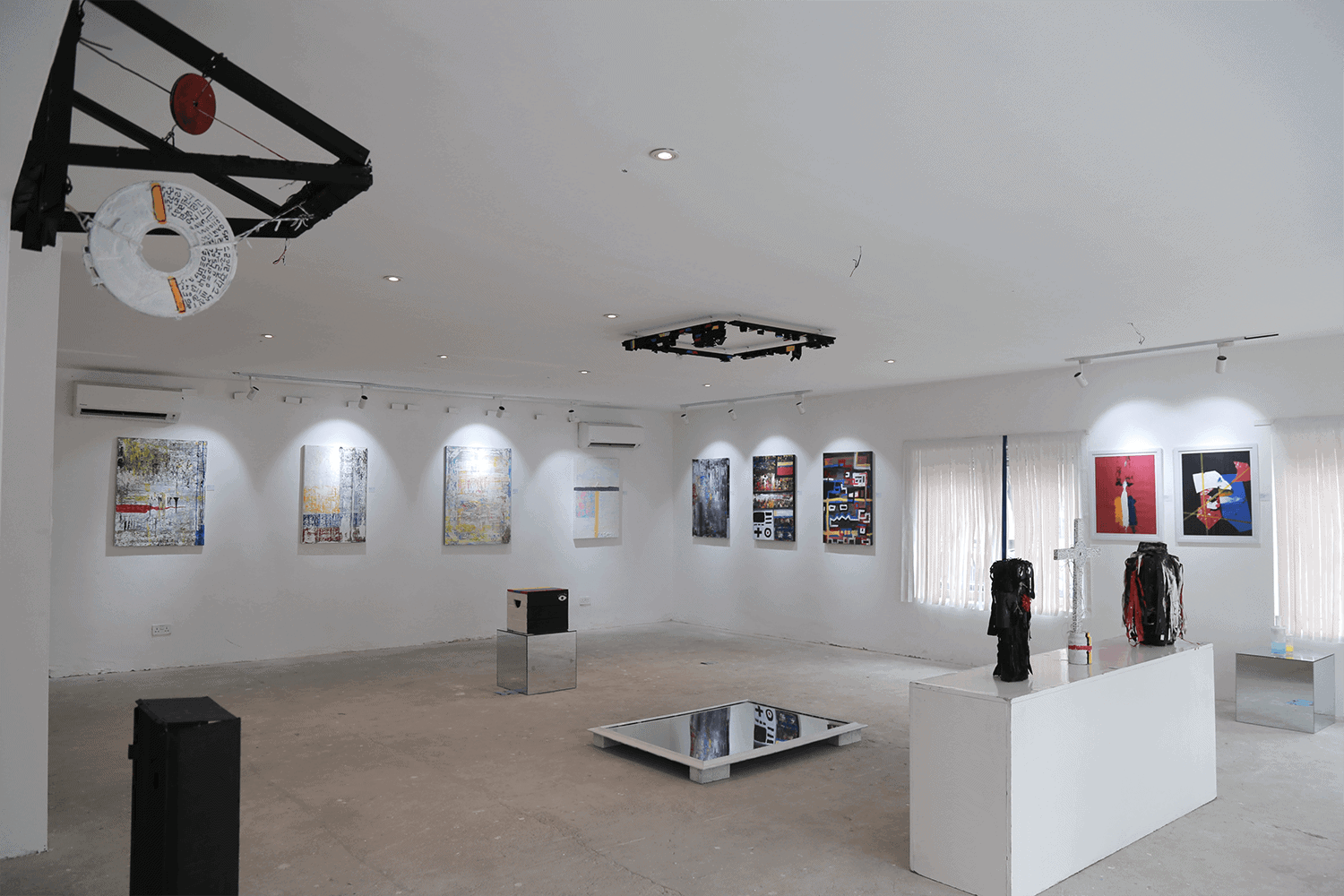
Installation shots of ‘Dodorowski’s Artefacts from Our Future Past’.
To a large extent, the defining character of this body of work is in its abstraction. Before this, Abba Makama’s work has been playful and vibrant interacting with strong themes through art inspired by the pop era. Dodorowski’s Artefacts from Our Future Past deviates from that path presenting a gut-punching confrontation with the sobering fact that, in the words of the artist, “civilization has its true path”. In this body of work, Makama is able to firmly navigate the past, present and future without creating a dizzying effect. It takes us on a journey in time, challenging notions of ourselves and of our culture.
Iniye Spiff



